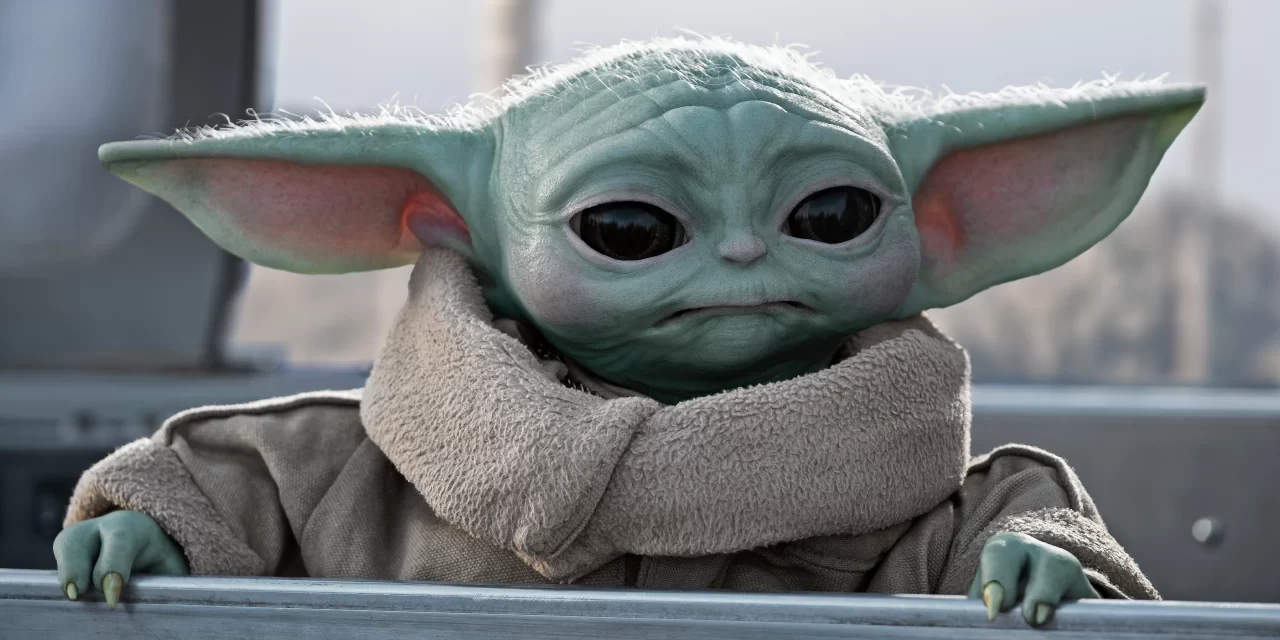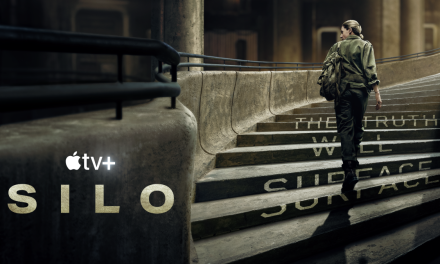(Spoilers for The Mandalorian “Chapter 21: The Pirate” ahead.) I was shocked that Star Wars: The Mandalorian showrunner Jon Favreau took Grogu away from Jedi Master Luke Skywalker (Mark Hamill, Graham Hamilton) in The Book of Boba Fett. That’s especially because the filmmakers put the phenomenal and legendary characters together shortly before. However, I became fine with it because I realized that the story that Favreau wanted to tell – that he is passionate about telling – is the father-son story of Din Djarin (Pedro Pascal, Brendan Wayne, Lateef Crowder) and Grogu. I thought that passion would yield good fruits.
“Chapter 21: The Pirate”, the latest Mandalorian episode to drop, certainly is one of them.
Below are seven takeaways from The Pirate, in no particular order.

1. It so felt like Star Wars
At one point, I said out loud, “This is Star Wars!”
It was during a second occasion of a particularly good mixture of dialogue and action.
2. Will the Empire resurge?
Is The Mandalorian going feature a rebirth of the Empire that was first seen in the original Star Wars film? We have seen things like at least one imperial adherent being in the New Republic ranks. And Moff Gideon (Giancarlo Esposito), an Imperial officer, is at large. Also, another reason the Empire certainly could be reborn is because the New Republic isn’t strong, having cracks and a lot of pride.
If that’s going to happen, Mandalorian heads Favreau, Dave Filoni and Rick Famuyiwa are smart to bring back the Empire. It’s essential to what has made Star Wars so great and we are only around five years removed from when the government led by Emperor Sheev Palpatine (Ian McDiarmid) ruled the Star Wars galaxy with an iron fist.
3. Would a reborn Empire be the origins of the Star Wars sequel trilogy’s First Order? Or even more so make the original and sequel trilogies’ totalitarian governments the same?

The resurged Empire could be the origins of the First Order, which operates just like the Empire in the Star Wars sequel trilogy. That trilogy starts roughly 25 years after the current events of The Mandalorian. Especially if it were to happen in the next few years from those events, the Empire and First Order could very much be the same totalitarian government seen in two of the three trilogies of the Skywalker saga and started in the third.
4. To keep a strong Empire around would add to connective tissue throughout Star Wars productions
That tissue would stretch across the Star Wars film timeline – including the Star Wars prequel and sequel trilogies.
Palpatine changed the Galactic Republic’s government structure to the (Galactic) Empire in Star Wars: Episode III – Revenge of the Sith. It also has a presence in Star Wars: The Clone Wars (season seven) and rules in Star Wars: The Bad Batch, Star Wars: Obi-Wan Kenobi, Solo: A Star Wars Story, Star Wars Rebels and Star Wars: Andor. And through Rogue One: A Star Wars Story and until the end of the original trilogy, where it was introduced. A sliver of what remains is seen in The Mandalorian. And then it returns in a sense in Star Wars: The Rise of Skywalker, when Palpatine, for the “New Empire,” starts using a fleet of 1,080 world-destroying Star Destroyers that were constructed and for many years. Star Destroyers are a chief characteristic of the Empire.
Beautifully, it would make all of these stories share a narrative backbone to the larger story.
5. It’s cool that Bo-Katan Kryze doesn’t need to wear her helmet since she is both Mandalorian and not

And it’s interesting that the Armorer (Emily Swallow) seems to have come to a greater understanding of upholding both The Way and also Bo-Katan’s (Katie Sackhoff) background. Or, the Armorer just sees that Bo-Katan is the key to reviving Mandalore, having both Mandalorian and non-Mandalorian affiliation. In that case, a top priority for the Armorer’s is to see the revival of Mandalore. That’s typical of religions like her Children of the Watch, which are intertwined with adherents’ identity. Such a typical behavior is to make thriving a top priority.
6. Mandalorians vs. Mandalorians?
Will the Children of the Watch and perhaps other Mandalorian clans be against Mandalorian clans that are associated with the Empire?
Consider the beskar alloy in the episode’s final scene. Since the alloy is part of Mandalorian clans, it signaled that Mandalorians helped Gideon escape captivity.
7. A collision course for a revived Mandalore and a revived Empire?
Given that the show talks not just about the Empire truly returning, but also the Children of the Watch wanting to revive Mandalore, are the two entities headed on a collision course?
You can watch new episodes of The Mandalorian season 3 Wednesdays on Disney+.




![Merry Christmas! Bridgerton Teases Season 3! [FIRST LOOK]](https://www.thathashtagshow.com/wp-content/uploads/2023/12/BRIDGERTON_302_Unit_02420R-440x264.jpg)
